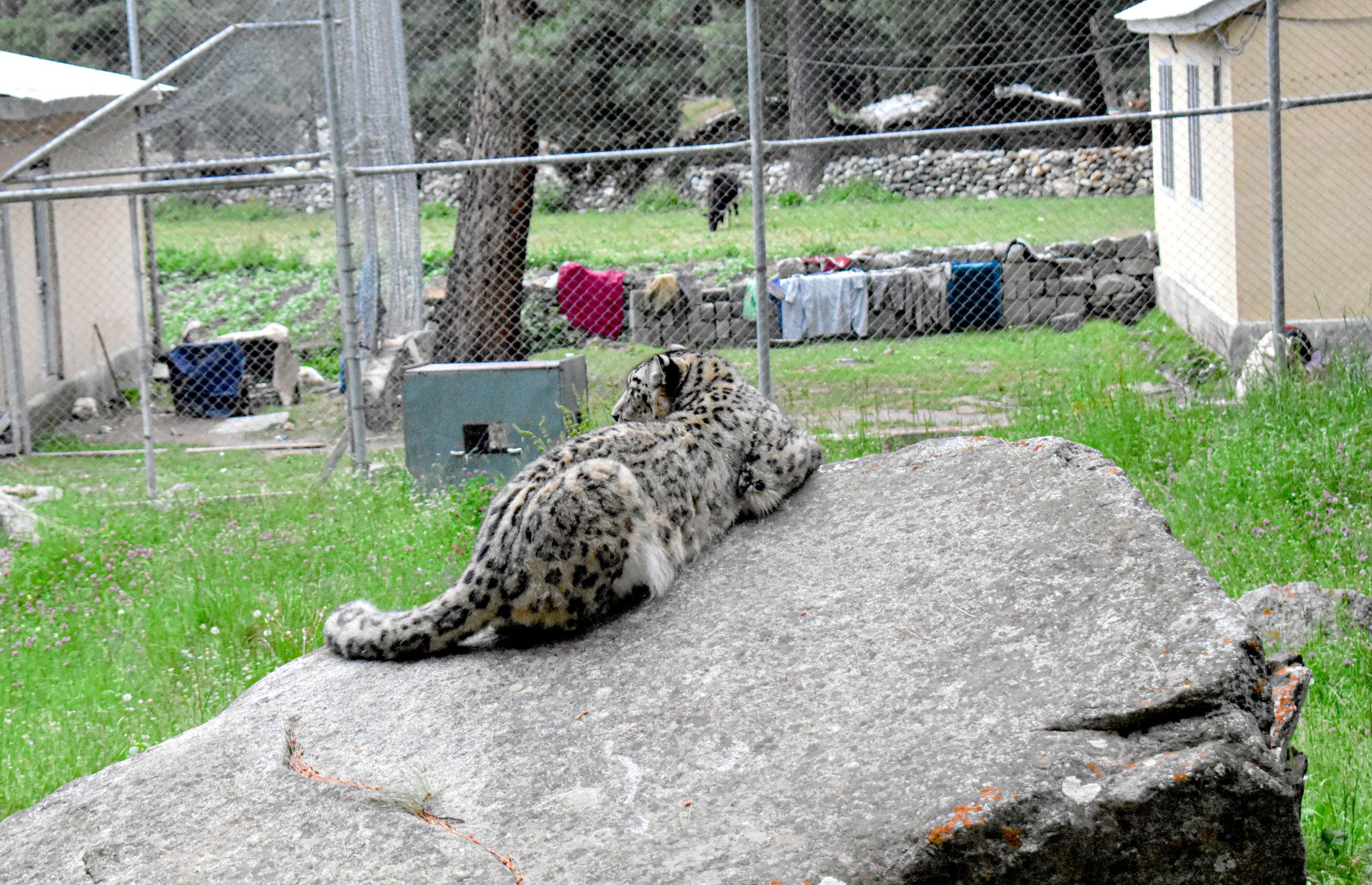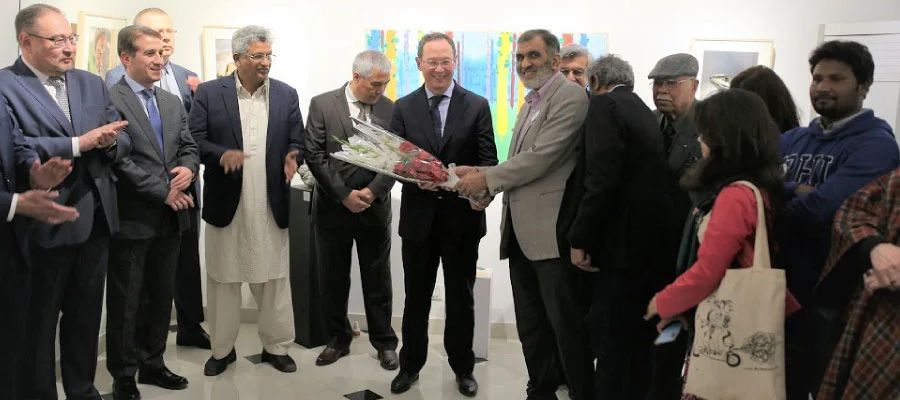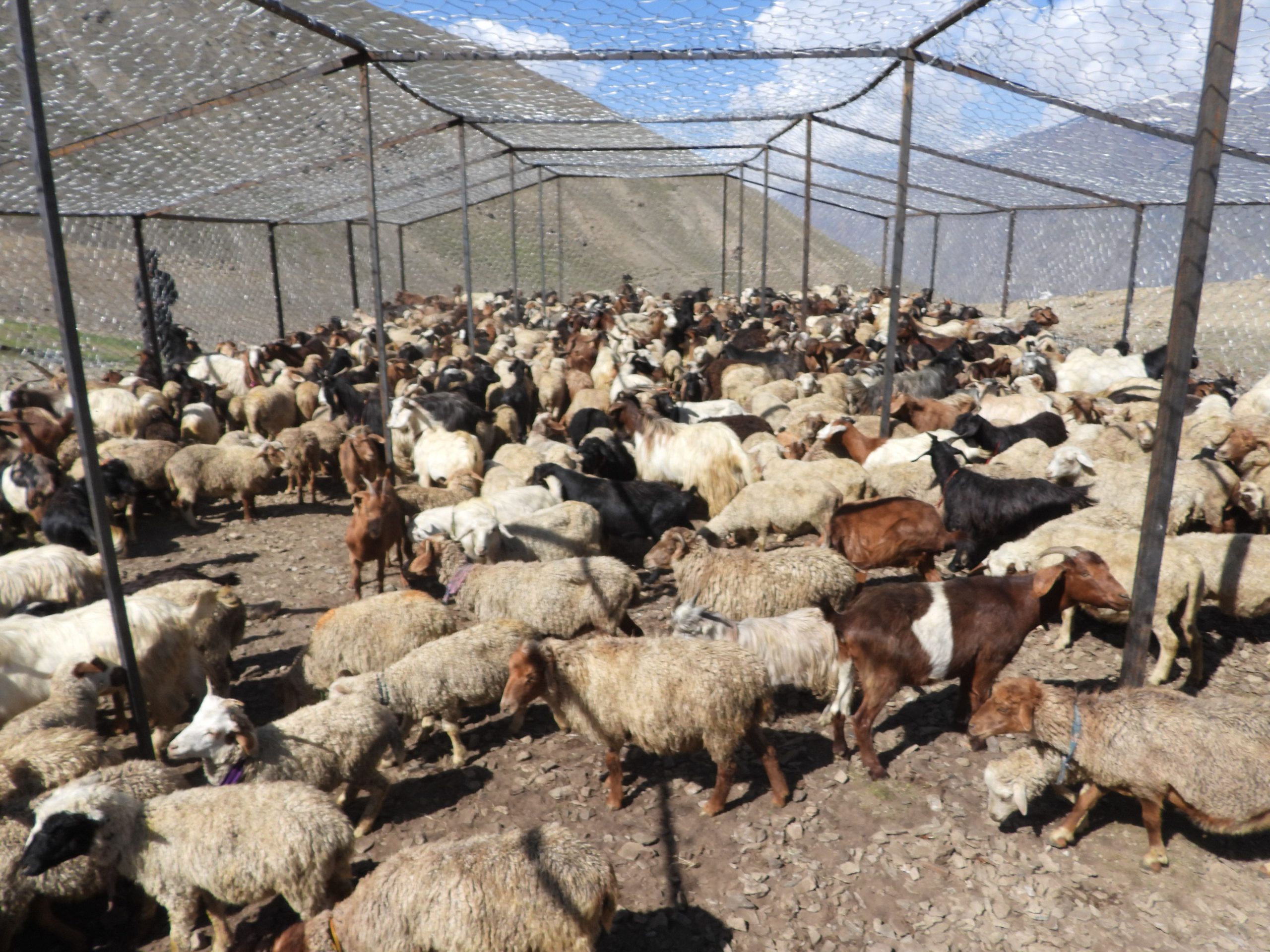On December 31, 2012, local villagers reportedly rescued a wild female snow leopard cub, hoping to protect it from harm. This young cub, just a few months old, endured its early life in a small enclosure along the highway at the entrance of Khunjerab National Park (KNP) under stressful conditions. Struggling to survive, the cub would likely have died without proper housing, resources, and expertise.
Once the Wildlife Department in Gilgit-Baltistan was informed about the cub’s situation, discussions were held to determine its future. Six major national and international partners—Snow Leopard Foundation (SLF), Parks and Wildlife Department Gilgit-Baltistan, the U.S. Department of State Embassy in Islamabad, IFAW, Snow Leopard Trust, and Snow Leopard Conservancy—joined forces to improve the cub’s life. Calling the situation “untenable,” Dr. Ali Nawaz stated, “The young snow leopard has been living in a small roadside cage, exposed to heat, traffic emissions, and frequent provocation by onlookers.”
As the cub had lost the necessary skills to hunt and survive in the wild, it was decided to establish a one-of-a-kind 11,000-square-foot wildlife rehabilitation center in Naltar Valley, Gilgit-Baltistan. SLF developed the layout and cost estimates for the housing and quarantine facility for the snow leopard, in coordination with the Snow Leopard Trust and Nordens Ark. They also secured the funds needed to begin construction. Additionally, training for two officers was arranged and sponsored so the facility could be managed by its own dedicated team.
After spending four and a half years in a cage, the snow leopard was finally moved to its new home in Naltar Valley on October 2, 2016. This new facility also includes a Wildlife Education Center, where the public can learn about snow leopards, their ecosystems, and the threats they face. Another key purpose of the education center is to prevent further instances of wild snow leopard cubs being captured, regardless of intent. Often, snow leopard mothers return for their cubs, even when it appears they may have abandoned them. The aim of the educational portion of the facility is to help people understand when and why it is okay to leave animals in the wild, even if they seem lost.
The establishment of the Snow Leopard Rehabilitation Center has been a hallmark achievement for the Snow Leopard Foundation, the Gilgit-Baltistan Parks and Wildlife Department, and all the other involved partners. It also highlights the efforts of wildlife enthusiasts who reported the cub’s plight and showed concern for its well-being. “This snow leopard will serve as an important intermediary and ambassador between people and wildlife,” stated Dr. Ali Nawaz, as it has brought together numerous stakeholders to work for the betterment of this elusive species.



